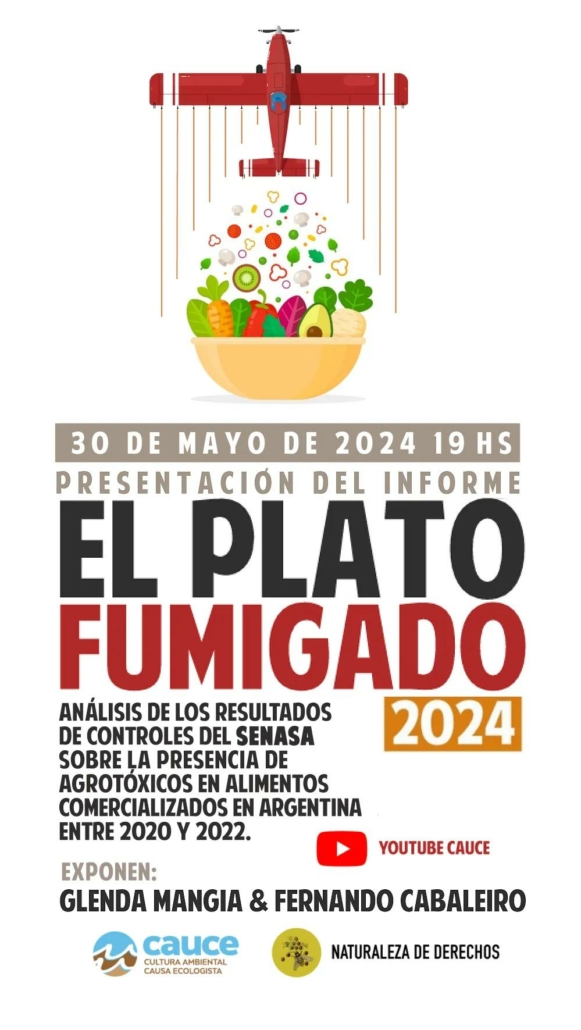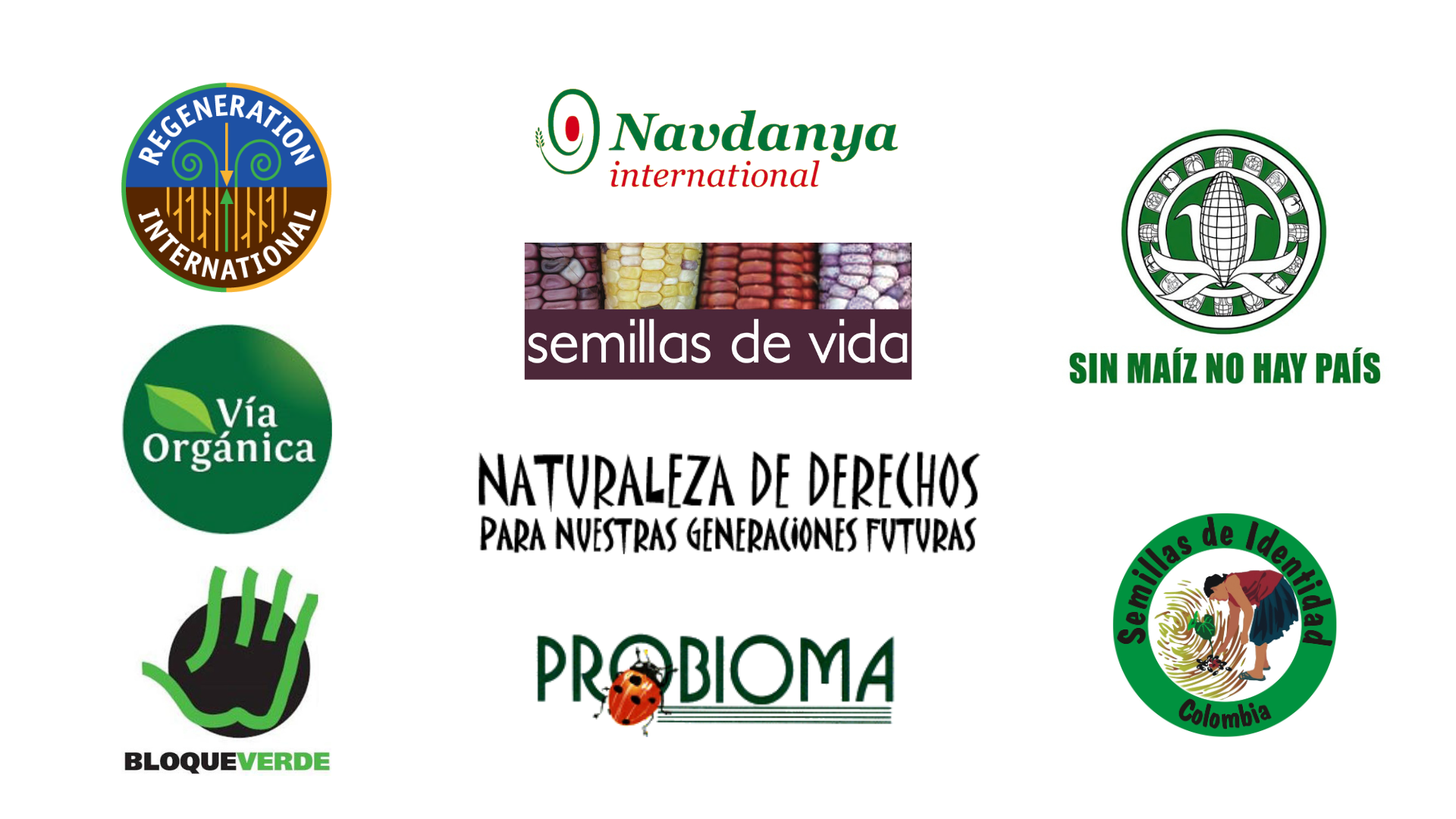Land Grabbing Is Not Just Back With a Vengeance. It Is Taking on New Guises Such As Carbon Offsets, Green Hydrogen Schemes, and Other “Green Grabs”.
In recent years, Africa has been at the epicentre of an alarming global trend: the land squeeze. The 2007-8 global financial crisis unleashed a huge wave of land grabbing across Africa and the world. Though the crisis eased, the pressures on farmland never went away. Now 15 years on, global land prices have doubled, land grabbing is back with a vengeance, and farmers are being squeezed from all sides.
As a major report by IPES-Food reveals, today’s land squeeze is escalating dangerously in new and varying forms – including for carbon and biodiversity offsetting schemes, financialisation and speculation, resource grabs, expanding mines and mega-developments, and ever-more industrial food systems. We are seeing a new rush for land that is displacing small-scale farmers, Indigenous Peoples, pastoralists, and rural communities – or removing their control over their land. The consequences are dire, exacerbating rural poverty, food insecurity, and land inequality across the continent – and putting the future of small-scale farming at risk.
Land isn’t just dirt beneath our feet: it’s the bedrock of our food systems keeping us all fed. It is not like any other commodity to be bought and sold. It is the basis of diverse cultures, livelihoods, and rural traditions for millions of Africans. It is a home to biodiversity. Yet, according to the Land Matrix Initiative, Africa is at the forefront of the land grab crisis in the Global South, with nearly 1,000 large-scale land deals for agriculture recorded across the continent since 2000. Mozambique is worst affected with 110 large-scale agricultural land deals, followed by Ethiopia, Cameroon, and the Democratic Republic of Congo (DRC).
The land rush is not merely for agricultural purposes. This time it’s also being driven by “green grabs” where governments and powerful corporations appropriate land for dubious tree planting, carbon sequestration, and biofuel and green hydrogen schemes (requiring large amounts of water). These activities, masquerading as environmental initiatives, are ultimately bad for climate and sustainability, as they shift the burden for cutting carbon emissions from Global North polluters onto Africa’s lands. They do this while directly threatening the very communities bearing the brunt of climate change by displacing local land users and farmers. Already 20% of large land deals are “green grabs”, often targeting indigenous lands – and this could soar in the coming years. Governments’ pledges for land-based carbon removals worldwide already add up to almost 1.2 billion hectares of land – about as much land as is used to grow crops worldwide today.
“Green grabs” bring new powerful actors into Africa’s finely balanced land dynamics – creating a dangerous interface between small-scale farmers and rich governments, fossil fuels companies, large conservation groups, and real estate developers.
Take Blue Carbon, a Dubai-based firm backed by the ruling royal family that is buying up the rights to forests and farmland in order to trade carbon offsets. Blue Carbon has acquired some 25 million hectares of African land through agreements with the governments of five countries: including for 20% of Zimbabwe’s land, 10% of Liberia, and swathes of Kenya, Tanzania, and Zambia. Pastoralist and indigenous communities are particularly at risk. In Kenya, the forceful relocation of up to 700 members of the Ogiek People has been reported in connection with Blue Carbon’s investments. In Liberia, local leaders have denounced the lack of any consultation since the Memorandum of Understanding was signed.
The land squeeze also involves rampant encroachment for mining, urbanisation, and mega-developments. Prime agricultural land continues to be lost to rising urbanisation and large-scale infrastructure projects, leading to degradation and loss of biodiversity.
This is also a problem for our food security. A 2018 report showed that large-scale land deals in Ethiopia and Ghana are forcing smallholder farmers to become wage labourers, downsize onto smaller fragmented plots, or migrate to cities – undermining their ability to feed themselves and their communities. Around 90% of large-scale land deals divert land from local food production to producing biofuels, cash crops for export, mining oil, gas and minerals, or carbon offsetting. The vague terms of these deals exacerbate risks to smallholders and food availability.
The land squeeze is not just an environmental crisis; it’s a fight for justice and survival. This widespread appropriation of land underscores the urgent need for equitable and sustainable land governance across Africa. Transformative action is needed. Policymakers must protect and include local communities as part of climate change mitigation and biodiversity protection, supporting them to steward the land, rather than displacing them. This can be achieved by:
- Removing speculative capital and financial actors from land markets to get land back into the hands of farmers. This should include capping land acquisitions, giving farmers first right of refusal, and cracking down on bogus land-based carbon offsets.
- Incorporating the Right to Land in countries’ constitutions and environmental and agricultural policies – including in climate plans (Nationally Determined Contributions [NDCs]) and biodiversity strategies.
- Establishing inclusive land and food systems governance to halt green grabs and re-centre communities. New mechanisms must place local communities and human rights at the heart of land governance. Democratic spatial planning and accountable land agencies are essential for this.
- Making community-managed land conversation systems the flagship tool of the Global Biodiversity Framework to meet global biodiversity goals while protecting local food production.
Africa’s smallholders, pastoralists, and Indigenous communities are the stewards of its land and biodiversity. Their inclusion and empowerment are vital to feeding Africa, as well as to climate action – yet they lack rights and social protections. The powerful new “carbon colonialism” fights the climate crisis against communities rather than with them.
Bold action and leadership are needed to ensure farmers and communities have meaningful and equitable access to land. Africa’s land is not just an economic asset to be sold to the highest bidder. By empowering local communities and safeguarding their lands, we can pave the way for a sustainable and equitable future for all Africans.




